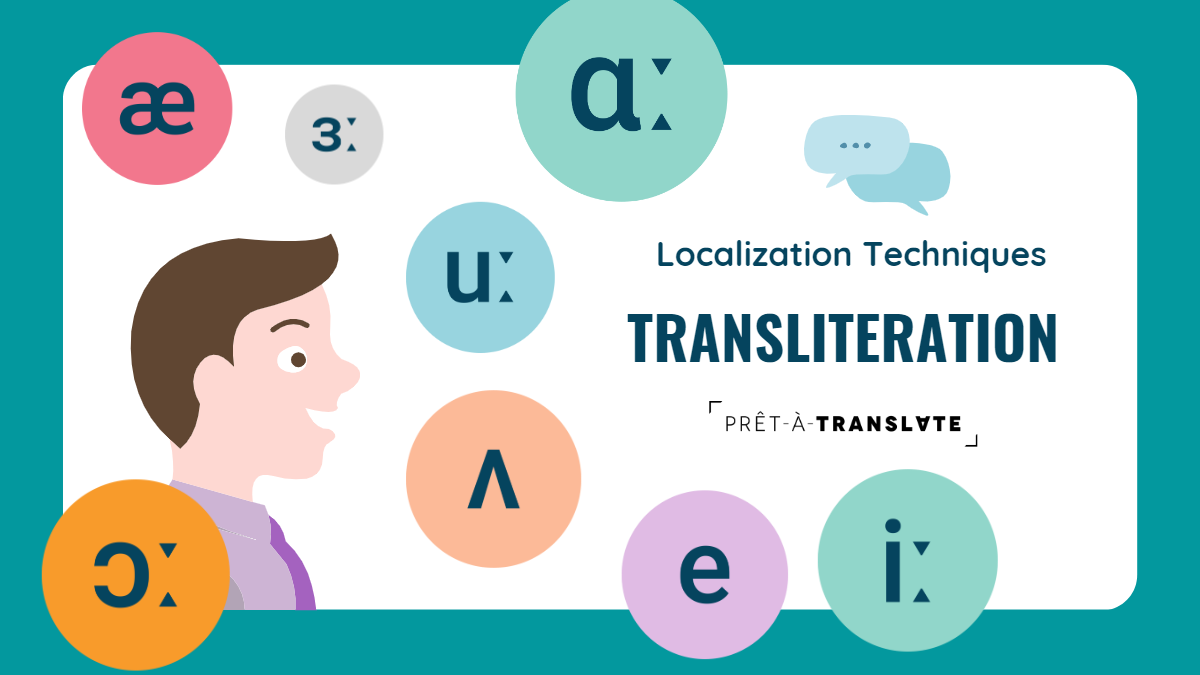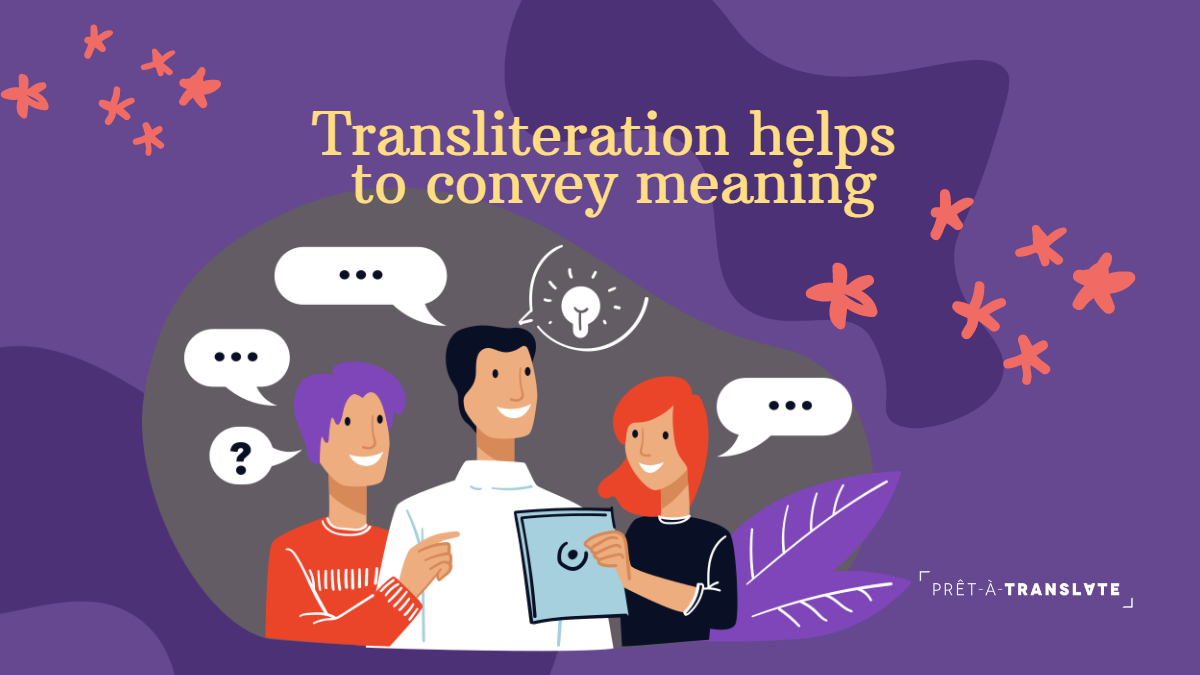
Transliteration
Transliteration is a localization technique converting words or phrases from one writing system to another.
It is often used when adapting content from one language to another, typically when translating from a source language that uses a Latin writing system to a target language that uses a non-Latin writing system.
Transliteration involves converting the letters of the source language into a phonetic equivalent of the target language’s alphabet, ensuring that the message is conveyed accurately and without losing the original meaning.
What’s important in transliteration?
When finding that phonetic equivalent in the target language and alphabet, it’s important to convey the concept of the original text correctly; otherwise, it may be difficult for the reader to understand what is being said.
Additionally, it is essential to remember that sometimes, words may have a partial translation. So the transliteration must be done carefully to ensure the correct meaning is conveyed.

What’s in a brand name? 🤷🏽♀️
Transliteration is a popular approach in the translation of brands.
See some examples below:
- Nike – 2019 campaign to make their slogan “Just do it” into the phrase “ジャスト ディー イット” (ja-su-to di-i i-tto).
- Coca-Cola – launched their 2013 “Open Happiness” campaign in China, which used transliteration to convey the English slogan as “开心就好” (kai xin jiu hao).
- Land Rover – transliteration to Chinese 路虎 (lùhǔ) means ‘the tiger of the road’. 🐯
My personal experience with transliteration
Although transliteration is a technique mostly for translating texts with different alphabets, you can do a lighter transliteration in languages with the same alphabet.
In a translation of marketing emails, I had to translate a girl’s name – McKenna.
Although we use foreign names in Spain, I use names similar to those in the source material of my translation projects.
For example, Mary would become María.
With no idea about the concept behind that name, I focused on phonetics.
What Spanish name first came to my mind?
Macarena! 💃🏽
Summary
Transliteration is an important skill for anyone interested in foreign languages or linguistics.
It can also help people communicate more effectively and efficiently across language barriers.
By using transliteration, we can ensure that words and phrases are understood no matter what language they are being spoken in.
See you for the next post!
